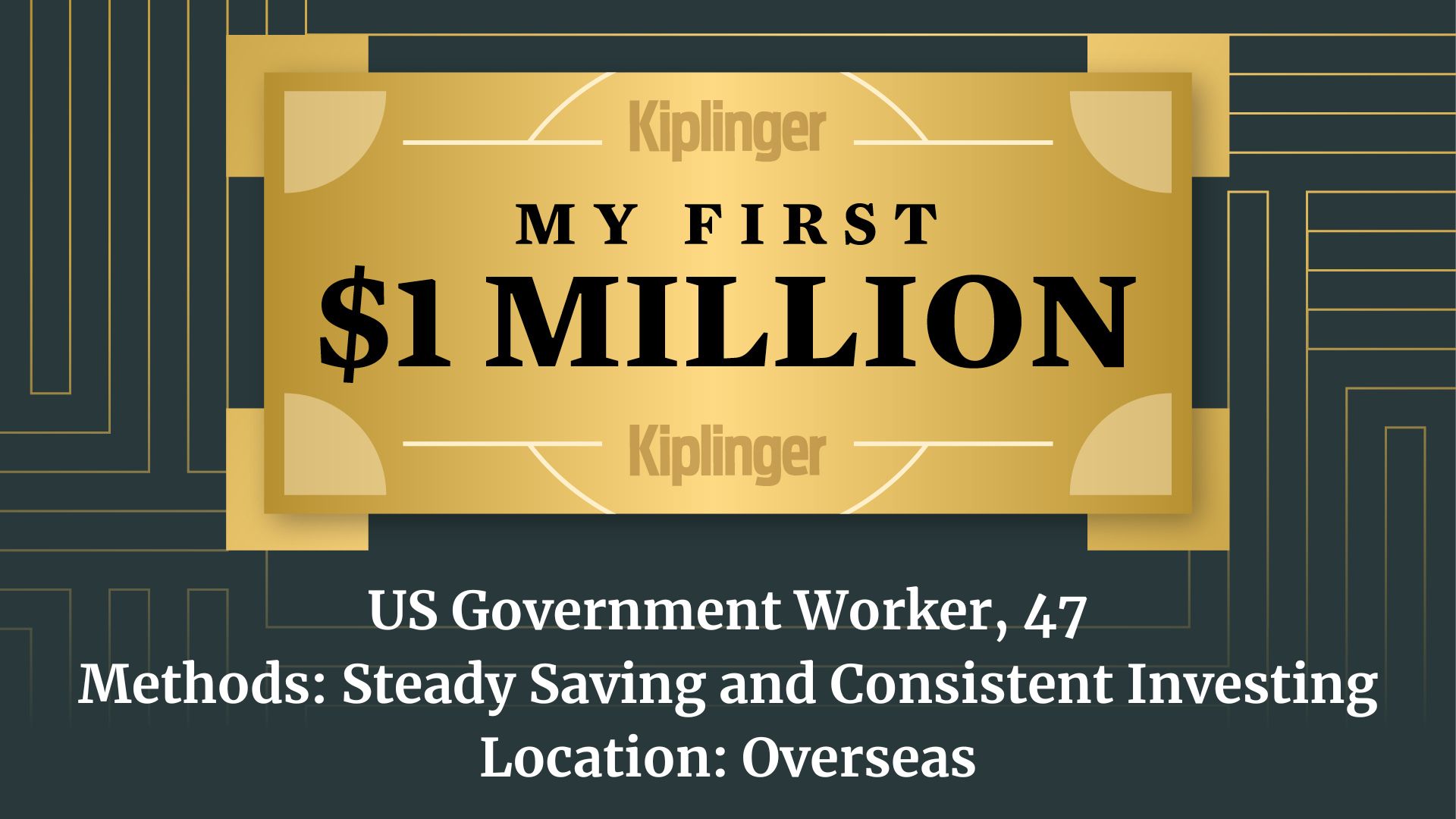Getting Teens to Save (Without Nagging)
With these tips, parents can help teens develop good spending habits -- and even trick them into saving money.

Back in April, to mark Financial Literacy Month with its special emphasis on teaching kids to save, I started a series of columns with savings tips for young people of all ages:
I've saved teenagers for last, because they may be the hardest cases -- they're teens, after all, and their lists of wants tend to be long and expensive. Plus, they apparently face special pressures to spend their money rather than save it.
In a fascinating study by Junior Achievement after the last holiday season, teenagers admitted that they were willing to overspend on gifts in order to impress their friends, buy them something they "really wanted," or reciprocate for an expensive gift. So getting teens to save may require a few psychological tricks, as well as practical ones.
From just $107.88 $24.99 for Kiplinger Personal Finance
Become a smarter, better informed investor. Subscribe from just $107.88 $24.99, plus get up to 4 Special Issues

Sign up for Kiplinger’s Free Newsletters
Profit and prosper with the best of expert advice on investing, taxes, retirement, personal finance and more - straight to your e-mail.
Profit and prosper with the best of expert advice - straight to your e-mail.
It's best to build on small steps you've started earlier. For teens who are getting an allowance, it's time to expand their financial responsibilities to include the birthday and holiday gifts you used to purchase, plus their own clothing, concerts, gasoline and other car expenses.
Having to parcel out their own money puts a natural brake on spending and gives them a reason to save. Instead of splurging on presents, they have an incentive to come up with gifts that are less expensive and more thoughtful.
When my daughter was in the sweet-16 years, for example, her friend Kate specialized in making and decorating each girl's initials out of Rice Krispies Treats. The girls ate it up!
And set an example by keeping your own gift-giving reasonable.
Other savings tips:
- Give your teens a goal. In one recent survey, 9% of the teenagers interviewed said they expect to get an iPhone within the next six months. No reason for you to foot the bill: Have them use their own money.
- Match all or part of what they put aside. This is especially effective for iPhones and other expensive stuff.
- Clue them in to the cost of college. If they have a job, it's not unreasonable for you to require them to save a chunk of their income for college expenses.
- Encourage them to have their paychecks deposited directly. If the money gets into their bank account, it's more likely to stay there.
- Ramp up their interest -- literally. Open a high-yield online savings account, or introduce them to the stock market. Small investors can purchase shares through Sharebuilder.com or MyStockDirect.com, which links to more than 100 companies that sell stock directly to the public.
- Start an IRA. If your children have earned income from a job, they can contribute an amount equal to their annual earnings or $5,000 in 2008, whichever is less. You can seed the account, as long as you don't exceed their actual earnings. It's a great present for June grads, who can use our calculator to see how fast their money will grow.
Profit and prosper with the best of Kiplinger's advice on investing, taxes, retirement, personal finance and much more. Delivered daily. Enter your email in the box and click Sign Me Up.

Janet Bodnar is editor-at-large of Kiplinger's Personal Finance, a position she assumed after retiring as editor of the magazine after eight years at the helm. She is a nationally recognized expert on the subjects of women and money, children's and family finances, and financial literacy. She is the author of two books, Money Smart Women and Raising Money Smart Kids. As editor-at-large, she writes two popular columns for Kiplinger, "Money Smart Women" and "Living in Retirement." Bodnar is a graduate of St. Bonaventure University and is a member of its Board of Trustees. She received her master's degree from Columbia University, where she was also a Knight-Bagehot Fellow in Business and Economics Journalism.
-
 My First $1 Million: US Government Worker, 47, Overseas
My First $1 Million: US Government Worker, 47, OverseasEver wonder how someone who's made a million dollars or more did it? Kiplinger's My First $1 Million series uncovers the answers.
-
 Check Out These Opportunities Created by the New Tax Law
Check Out These Opportunities Created by the New Tax LawA deep dive into the One Big Beautiful Bill Act (OBBBA) reveals key opportunities in 2026 and beyond.
-
 Beat the Money Blues With This Easy Financial Check-In
Beat the Money Blues With This Easy Financial Check-InAs 2026 takes off, half of Americans are worried about the cost of everyday goods. A simple budget can help you beat the money blues and reach long-term goals.
-
 Smart Strategies for Paying Your Child an Allowance
Smart Strategies for Paying Your Child an AllowanceBy giving your kids money to spend and save, you’ll help them sharpen their financial skills at an early age.
-
 How to Motivate Kids to Save
How to Motivate Kids to Savepersonal finance It's not easy teaching your child to save. Here are some ways readers have incentivized their kids to keep track of their finances.
-
 Lessons for Kids From the Crisis
Lessons for Kids From the Crisissavings One of the greatest opportunities presented by the pandemic is to give children an appreciation for the workings of the economy.
-
 Why Financial Education Works
Why Financial Education Workscollege Money skills learned young will pay off in the long run.
-
 The Tooth Fairy Is Leaving Less Under Pillows These Days
The Tooth Fairy Is Leaving Less Under Pillows These Dayssavings The average amount that the Tooth Fairy gives kids is down 10% from last year.
-
 The Value Test: 300 Colleges That Pass
The Value Test: 300 Colleges That PassCollege Rankings All the schools on our list, from 1 to 300, are best values.
-
 6 Ways to Get Your Kids to Do Chores Without Paying Them
6 Ways to Get Your Kids to Do Chores Without Paying Themspending Kids shouldn't be paid for doing routine tasks, but for doing extra jobs that parents define as above and beyond.
-
 Save $1 for College, Cut $2 in Debt
Save $1 for College, Cut $2 in Debtcollege Paying for college doesn't mean you have to take out thousands in student loans.